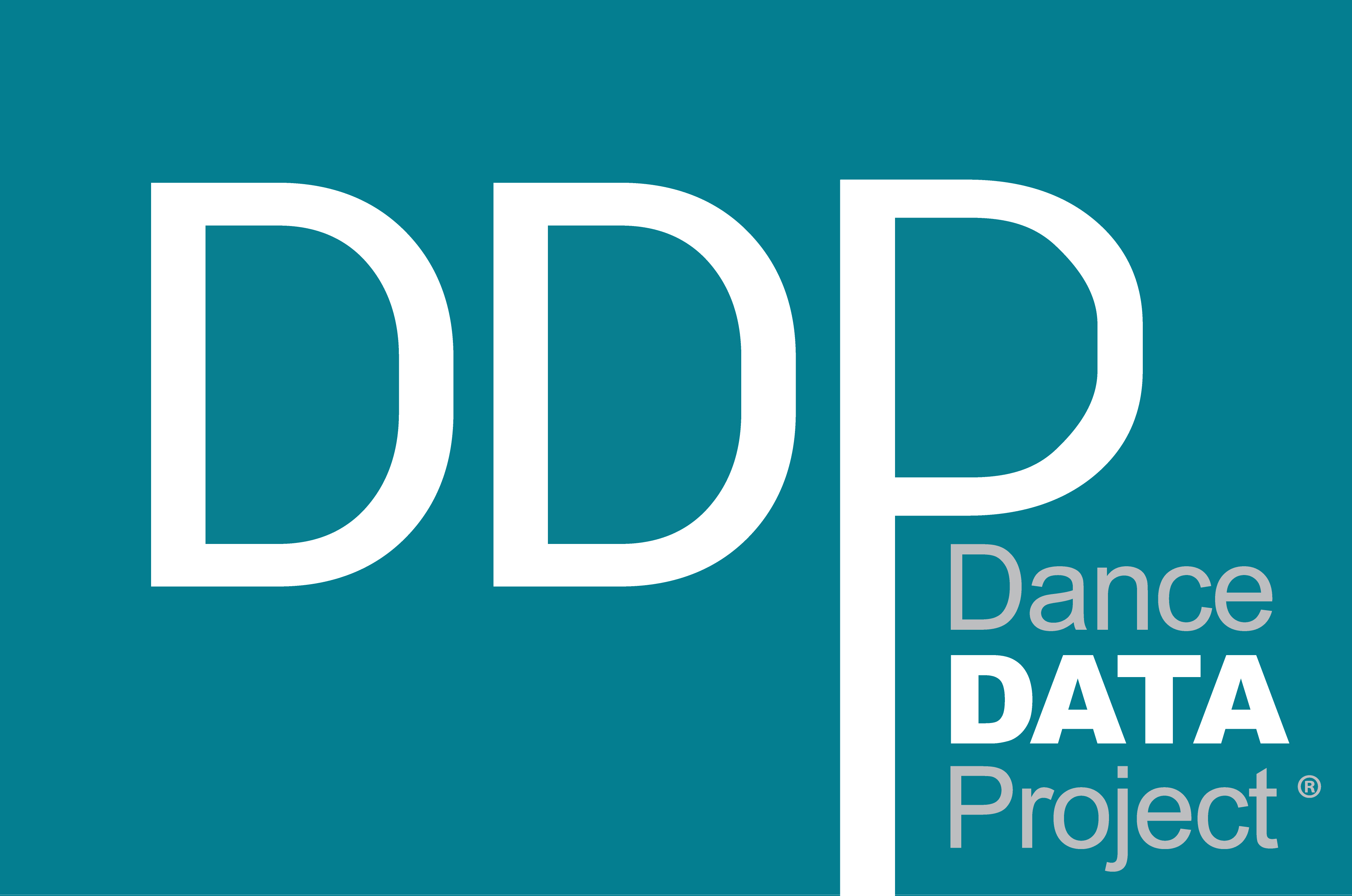Now or Never: Ballet must shift to survive the Covid era
"The Devil Ties My Tongue" by Amy Seiwert performed for the SKETCH Series, 2013. Photo by David DeSilva. Courtesy of Amy Seiwert's Imagery
April 30th: South Arts: Professional Development & Artistic Planning Grants, April 30th: South Arts: Express Grants, May 6th: Doris Duke Foundation Grant, May 7th: South Arts Individual Artist Career Opportunity Grant, May 27th: Dancemakers Residency, June 1st: Miami DanceMakers
×
"The Devil Ties My Tongue" by Amy Seiwert performed for the SKETCH Series, 2013. Photo by David DeSilva. Courtesy of Amy Seiwert's Imagery
By Hannah McCarthy
30 October 2020
In mid-June, I heard the ping of a notification from my phone. The resulting email and waterfall of news articles I saw soon after would resonate as an important moment in ballet history and performance in general.
The cancellation of American Ballet Theatre’s and New York City Ballet’s Fall Seasons may not have been the first of the year, but they were some of the first to be highly publicized and seal the fate of ballet for the rest of 2020. It’s as if the performing arts community knew this would happen all along, yet we lamented the solidification of our fears into realities. An all-too-familiar feeling during this pandemic, which has affected so many of our friends, neighbors, families, and colleagues.
As expected, once one major ballet company announced the season’s cancellation, many others followed suit, even adding that dancers would be furloughed and administrative employees laid off. Cancellations came with commission dreams deferred for choreographers and uncertainty regarding ballet’s survival, as the art form was already losing audience and donor participation.
With Nutcrackers cancelled, budget cuts increasing, and theaters tightly locked, the impending doom of a 600 year old art form weighed heavily on my heart and the hearts of fellow dance educators, artists, and ballet lovers. We weren’t ready to lose the craft that had seeped deeply into our identities, lives, and passions…or were we?
In early June, George Floyd’s murder at the hands of police officers reawakened a movement which has percolated through American soil for almost 600 years, since colonization by Europeans began. The fight for equality and equity in this country is as old as this country, still some traditions have yet to change.
Today, the Covid-19 outbreak continues to disproportionately affect women and POC. The numbers directly illustrate the existence and persistence of a patriarchal, inherently racist system.
The trouble is, ballet is one of the key living art forms that still embraces that system. In fact, it thrives upon it and often caters to it. If we’re going to change it, the time is now.
In mid-August, I heard the ping of another notification from my phone. The resulting email and trickle of articles I saw soon after would resonate as the glimmer of hope in a bleak-looking, locked down world.
Read the full article on NDEO’s blog.
Reach out to us to learn more about our mission.
"The Devil Ties My Tongue" by Amy Seiwert performed for the SKETCH Series, 2013. Photo by David DeSilva. Courtesy of Amy Seiwert's Imagery

 Dance Magazine: From Stage to Screen: Andrea Miller Turns One of Her Beloved...
Dance Magazine: From Stage to Screen: Andrea Miller Turns One of Her Beloved...
Leave a Reply
Want to join the discussion?Feel free to contribute!